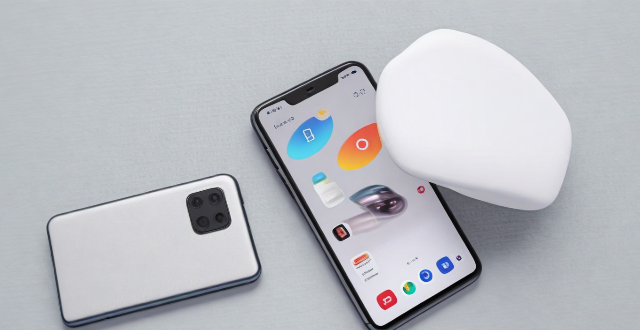When buying a new smartphone, consider factors like budget, needs & wants, and research online. Compare specifications such as OS, screen size, resolution, processor speed, RAM, storage capacity, camera quality, battery life, network connectivity, and additional features. Evaluate design aesthetics, build quality, performance, usability through physical testing if possible. Consider warranty periods and after-sales service before making your final decision based on value for money.

Comparing Different Smartphones Before Making a Purchase
When it comes to buying a new smartphone, there are several factors that you need to consider before making your final decision. Here's a step-by-step guide on how to compare different smartphones:
1. Determine Your Budget
First things first, decide how much you are willing to spend on a new smartphone. This will help narrow down your options and make the comparison process more manageable.
2. Identify Your Needs and Wants
Make a list of features that are essential for you, such as camera quality, battery life, storage capacity, or screen size. Also, think about any additional features that would be nice to have but aren't deal-breakers.
3. Research Online
Use websites like Amazon, Best Buy, or manufacturer sites to gather information about the smartphones you're interested in. Pay attention to customer reviews and ratings to get an idea of each phone's performance and popularity.
4. Compare Specifications
Create a table or spreadsheet where you can list the following specifications for each smartphone you're considering:
- Operating System: Android, iOS, etc.
- Screen Size: Inches diagonally
- Resolution: Pixel density (e.g., 1080 x 1920)
- Processor: CPU speed and number of cores
- RAM: Gigabytes of memory
- Storage: Internal storage capacity and whether it's expandable with microSD cards
- Rear Camera: Megapixels and other features like optical image stabilization
- Front Camera: Megapixels for selfies and video calls
- Battery Life: Milliampere hours (mAh) and talk/standby time
- Network Connectivity: 4G LTE, 5G support, Wi-Fi standards, Bluetooth version
- Additional Features: Fingerprint scanner, water resistance rating, face recognition, etc.
5. Evaluate Design and Build Quality
Look at pictures and videos of the smartphones to assess their design aesthetics and build quality. Consider factors like weight, materials used (glass, metal, plastic), and overall durability.
6. Test Performance and Usability
If possible, visit a store to physically test the smartphones you're considering. Pay attention to factors such as:
- Display Quality: Color accuracy, brightness levels, viewing angles
- Audio Quality: Speaker volume and clarity during calls or media playback
- User Interface: How intuitive is the OS and its apps?
- Camera Performance: Take sample photos and evaluate image quality
- Touch Response: Is the touchscreen responsive enough?
- Handling and Comfort: Does the phone feel comfortable in your hand?
7. Consider After-sales Service and Warranty
Check the warranty period offered by the manufacturer and what kind of after-sales service is available. A longer warranty period and good customer support can provide peace of mind in case something goes wrong with your device.
8. Finalize Your Decision Based on Value for Money
After comparing all these aspects, determine which smartphone offers the best value for money based on your budget and needs. Remember that sometimes paying a little extra can get you significantly better features or performance.
By following these steps, you should be able to make an informed decision when choosing your next smartphone.